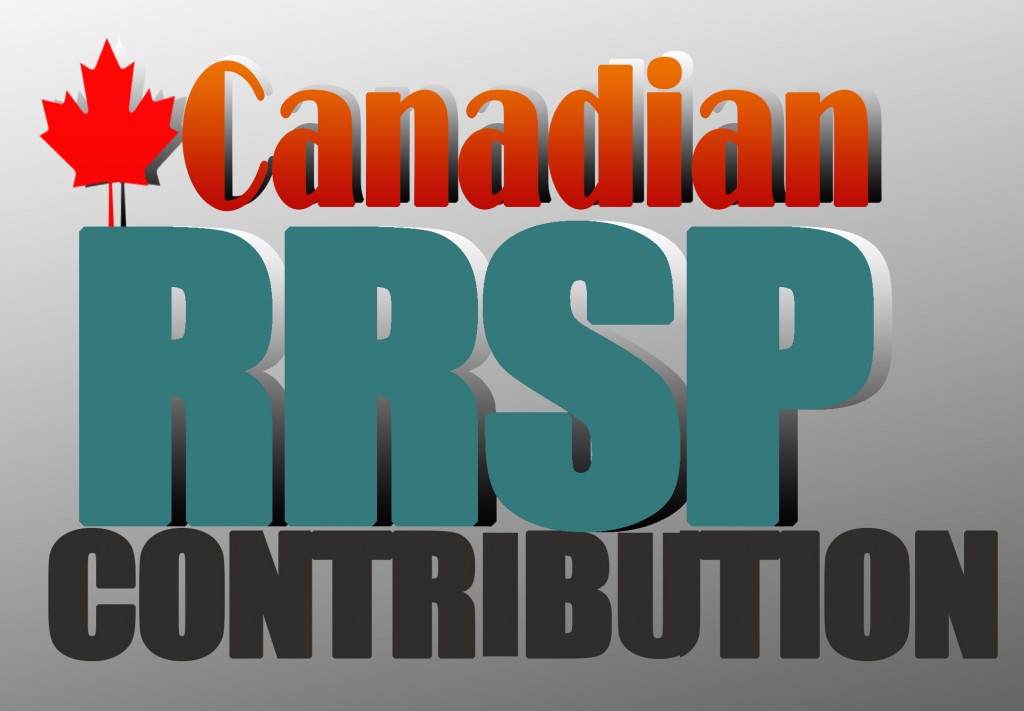What is Registered Retirement Savings Plan (RRSP)?
A Registered Retirement Savings Plan (RRSP) is a tax-deferred savings account designed for Canadians to save toward their retirement. It is advantageous because your contributions entitle you to a tax deduction and generate investment income that is sheltered from income tax.
RRSP Contributions helps reduce taxes payable and increases refunds.
RRSP contributed amounts reduces the taxable income for the same taxable year in which it was contributed.
Any contribution in RRSP from March 1, 2015 to February 29, 2016 will be used in the tax year ending December 31, 2015.
RRSP Deduction Limit.
Maximum RRSP deduction limit if previous year limits are all utilized.
2015 —- $24,930.
2014 —- $24,270.
Who Can Contribute to RRSP?
You can start RRSP contribution as soon as you reached 18 years of age and have a qualified income. The sooner you start to save, the sooner your savings will start working for you.
On December 31 of the year when you turn 71 years of age is the last day you can contribute to RRSP. But you can still contribute towards the spousal RRSP under which your spouse or common law partner is the annuitant until the end of year your spouse or common law partner turns 71.
Spousal RRSP’S Advantageous
Spousal RRSPs are one of the best income splitting vehicles offered to Canadians. If your spouse does not have any income from employment or if your spouse’s income is lower than yours, your spousal RRSP contribution may result in a more gainful tax deduction. When the RRSP are withdrawn from contribution in spousal RRSP, income tax will be deducted from your spouse’s income, but in the meantime that spousal income will be lower than yours, the taxation rate will also be lower.
Excess or over contribution.
If you did not deduct all the contributions you made to your RRSP or to your spousal or common-law partner RRSP in 1991 and later years, you have two options:
- you can leave the unused contributions in the plan; or
- you can withdraw the unused contributions.
In either case, you may have to pay a 1% per-month tax on the part of your unused contributions that are excess contributions.
Withdrawal of RRSP contribution with T3012A.
You can withdraw unused contributions you made to an RRSP based on an approved Form T3012A, Tax Deduction Waiver on the Refund of Your Unused RRSP.
Withdrawal made without Form T3012A
- Report the T4RSP slip box 22 online 129 in your income tax and benefit return issued by financial institution for RRSP withdrawals.
- Claim the tax the issuer withheld on line 437 of your income tax and benefit return.
Complete Form T746, Calculating Your Deduction for Refund of Unused RRSP Contributions, to calculate the amount you can deduct for the withdrawal.
How much can I contribute to RRSP?
RRSP contribution limit can be found on your last year’s Notice of Assessment / Re-Assessment. It can also be figured out by calling Revenue Canada at 1-800-959-8281.
RRSP Contribution Deadline.
You must make your contribution within the first 60 days of the New Year. For tax year 2015 it is February 29, 2016.
Call us if you have questions, we can help. 416-429-3630

